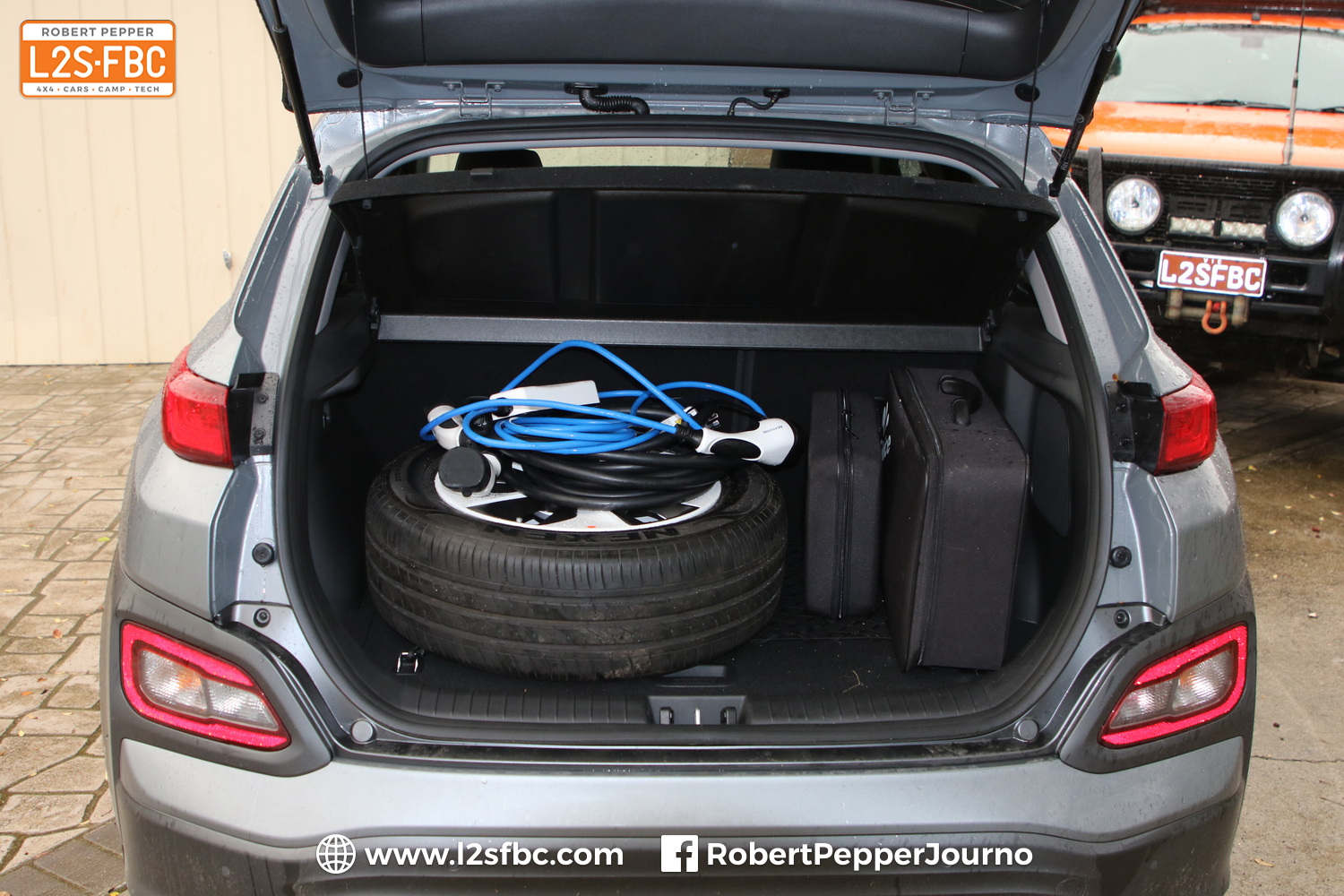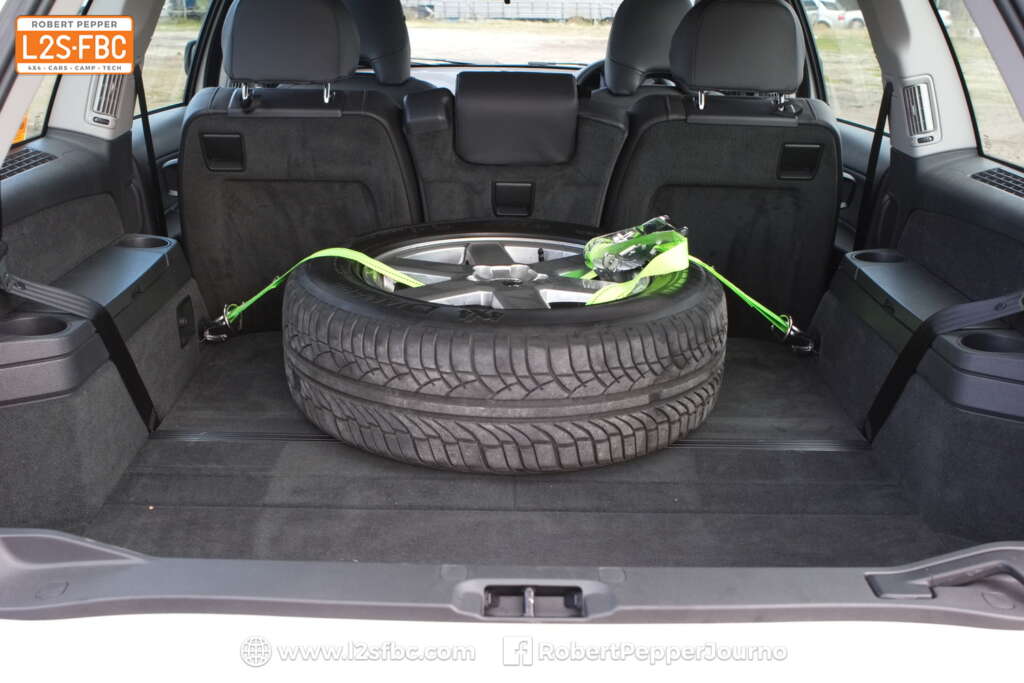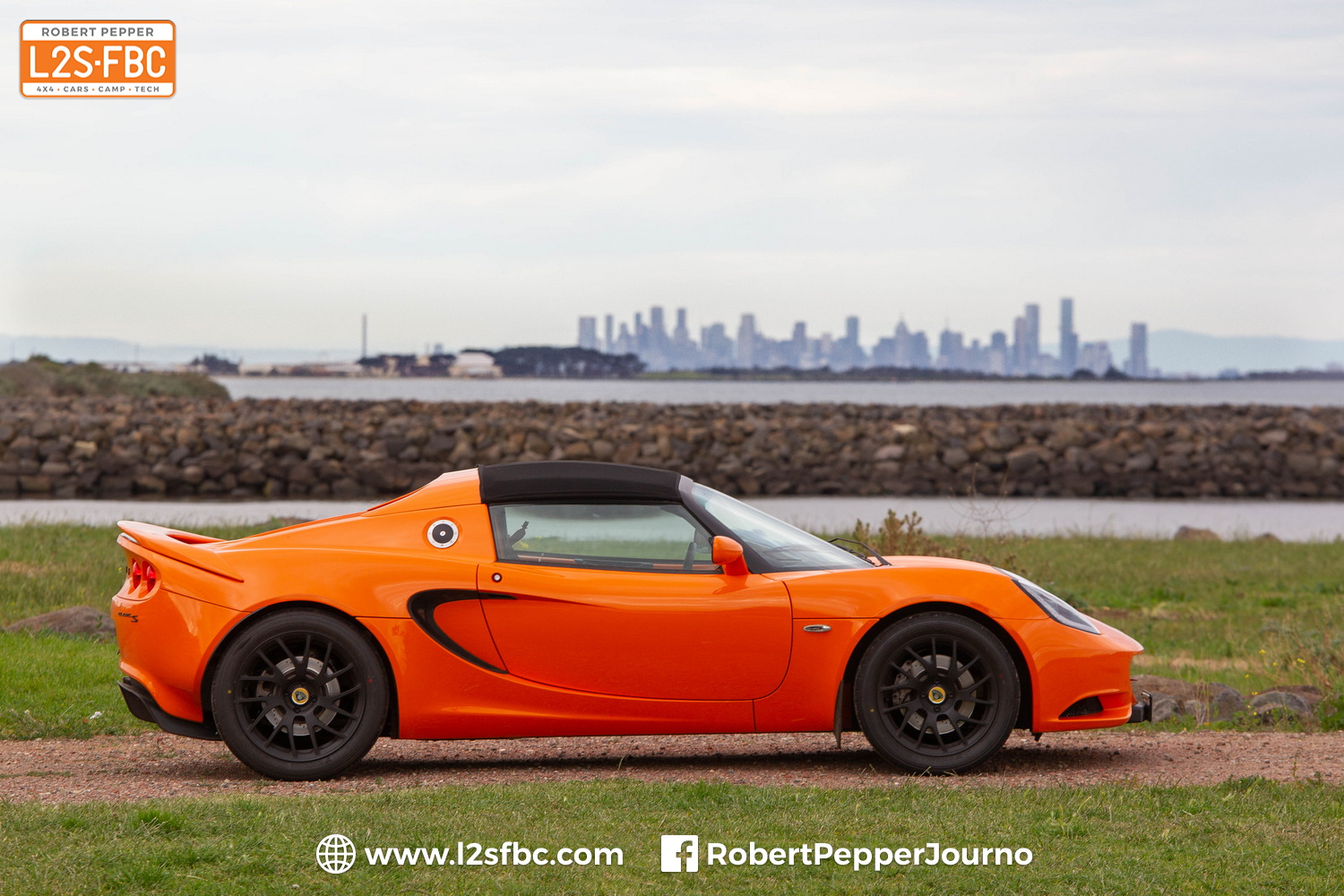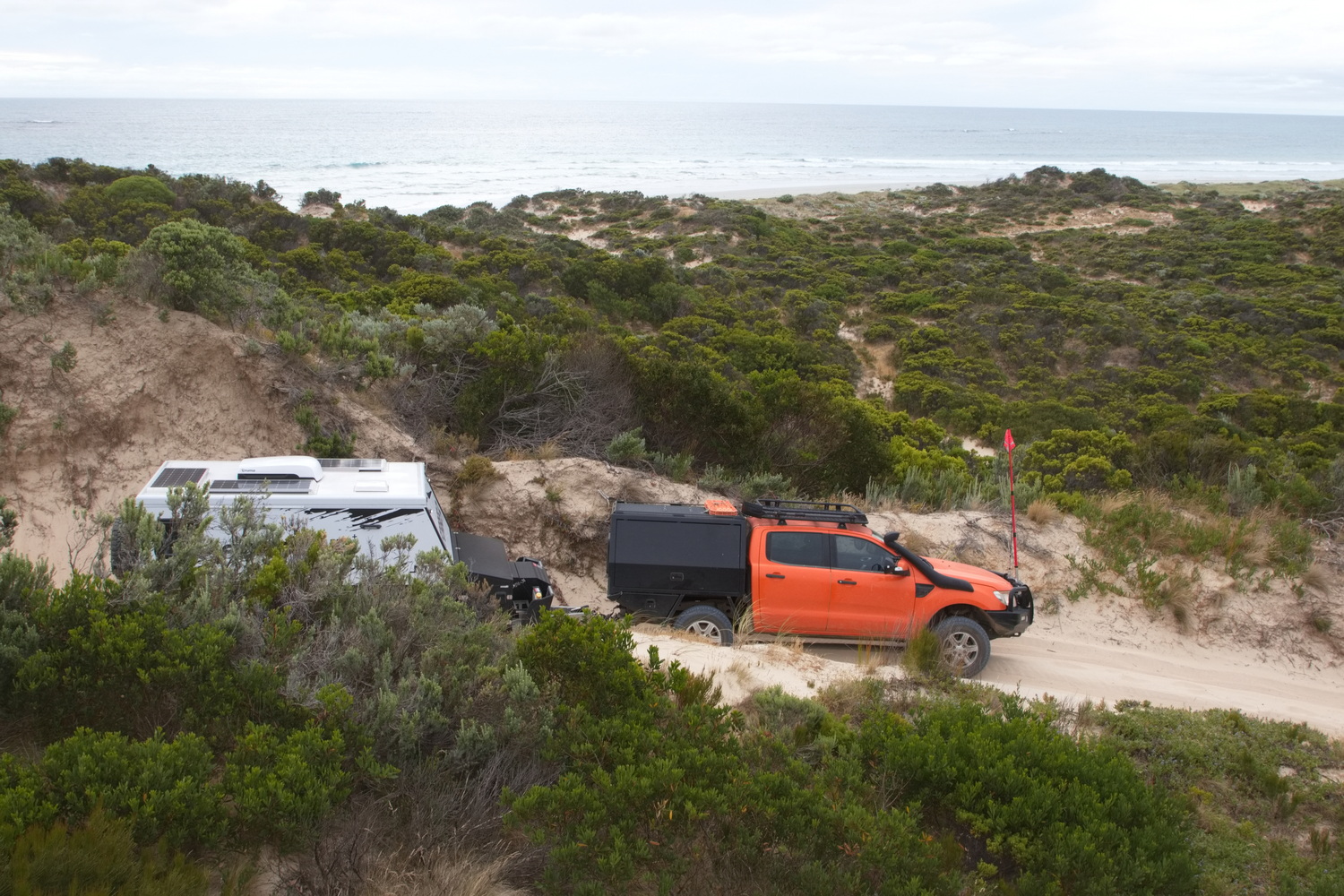
The truth about EVs and spare tyres
A story about EVs and spare tyres has been published in at least News Ltd outlets and the Daily Mail – and it suffers from serious inaccuracies.
The story – if such a trivial, everyday occurrence could be said to be a story – is quite simple.
A man driving a EQC-400 EV got a puncture, and fixed it.
But that straightfowards, humdrum little problem was turned into much more than that:
An Australian driver has revealed a glaring problem with electric vehicles after finding himself stranded on the side of the road when one of his tyres went flat.
I guess it was either a very slow news day, or maybe a chance to generate a few views fuelled by outrage, or push an agenda, or all three.
The first clue is multiple references to the car’s $128,000 cost. This is of course a dog-whistle – “omg EVs are so expensive” plus a chance to sneer at the misfortune of the wealthy. But that’s pathetic not inaccurate. This is inaccurate:
The majority of EVs do not come with spares due to extra weight they add to the vehicle and amount of space the tyre takes up.
And:
“There’s no spare in this f**king car because all the room is taken up with batteries and so forth,” Mr May said.
Two points. First, the majority of roadcars sold today do not come with full-sized spare tyres. They come with space-savers, also know as TUSTs or Temporary Use Spare tyres, or what’s known as a ‘goop kit’ for self-repair. This means the no-spare, or non-full-size spare issue is not specific to EVs at all. The reason is that tyre technology has much improved over time and punctures are far rarer than they were back in the day, so carmakers have quietly and eagerly taken the opportunity to save some weight, space and cost – three things they love to reduce.
Secondly, the irony is that EVs have *more* space for a spare tyre than an ICE vehicle. This is because the battery is typically mounted in or part of the floor, taking up virtually no excess room, and an electric motor takes up a lot less room than a petrol or diesel engine; take a look in the engine bay of any modern vehicle to see what I mean. This is how purpose-designed EVs often have frunks, or front-trunks. An EV doesn’t need a bulky fuel tank either, so frees up a lot of space at the back. So, space isn’t a problem for an EV. It is for a hybrid which has to fit two sets of motors in one car, often losing the spare wheel in the process, but we’re talking EVs here not hybrids.
Next, weight. Yes, additional weight in any vehicle will increase energy consumption but really only when accelerating. However, the spare wheel for the EQC-400 would be less than 1% of the vehicle operating weight, so not really a factor. And more importantly, the major factor affecting EV range is drag, or aerodynamic resistance, not weight, which affects energy consumption soon as you start moving – and adding a spare wheel doesn’t change the drag profile. My towing tests have proven the point.
Then we come to this:
‘The reason is that it’s hard to get enough physical clearance over the brake to fit a spare wheel. These big and huge spare wheels are also very heavy – and extra weight costs range in an EV,’
That’s wrong. It’s very easy to make a spare wheel to fit over any given brake, so I just don’t understand this comment. And I’ve covered the weight issue above. EVs can in fact use smaller brakes than ICE cars, even allowing for their speed and weight because they use re-gen to slow the car, converting kinetic energy to power stored in the battery.
There is a conversation to be had around spare tyres and vehicles, but it’s certainly not specific to EVs and nor is it a new conversation. The title image is a Hyundai Kona EV with a full-size spare I packed for an interstate drive, but the fact it doesn’t fit under the boot floor isn’t an EV problem. Here’s an XC-90 I had on test way back in 2005 and it had a space-saver spare which I had to use, then found the full-sized tyre wouldn’t fit in the spare’s bay, so the punctured tyre & wheel had to go in the boot. Hardly ideal if the car was packed for a family trip.

So are there any problems with EVs and punctures compared to normal cars? Potentially, yes there’s two I can think of.
The first one is tyre pressures. Last week I drove a Telsa Model 3, and its recommended tyre pressures were 42psi. An equivalent ICE car would probably run around 32-35psi. The reason for the difference is I suspect is reduced rolling resistance which is critical for EV range. The problem with high pressures is an increased chance of punctures, something well known in the 4×4 world where we find lower pressures = fewer punctures. However, I don’t view this as a major problem in practice and am not aware of significantly more punctures reported on EVs compared to ICE.
The second problem is that EVs tend to run specialised EV tyres. These are optimised for low noise, low rolling resistance, and greater load carrying ability as EVs are typically heavier than ICE. These specialised tyres are not as widely available as conventional tyres, so if you need a replacement then it may be hard to source. But again, this is perhaps more of a theoretical problem than real. The same supply risk applies to run-flat tyres which are used in some ICE roadcars, and high-performance vehicles running unusual tyre sizes, particularly those which run a staggered layout which means different sized tyres front to rear. Should be noted that Tesla have a service where they turn up with a spare tyre in the event of a puncture.
So yet another anti-EV beatup, and now for a solution. Regardless of whether you drive an ICE or EV, here’s a way to fix some punctures without needing a spare at all!


